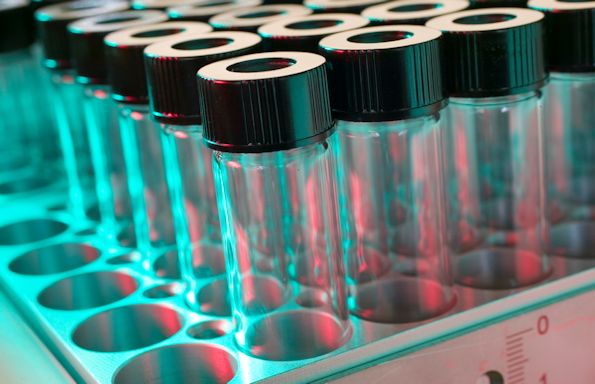New map to help with materials discovery
Published on

A study co-led by scientists at the University of Liverpool has discovered the relationship between the structure of a molecular material and its properties as a semiconductor.
In a paper published in the journal Nature Materials, showed how using a theoretical framework they were able to produce a form of spherical map (similar to a globe) which demonstrates the relationships between different molecular materials and their properties as semiconductors. Any molecular material, real or hypothetical, has a position on the map and some regions of this map correspond to highly promising materials.
Professor Alessandro Troisi, who has recently joined the University’s Materials Innovation Factory and is a leader in the field of computer aided materials discovery, said: “This discovery of the relationship between the structure of a molecular materials and their properties as semiconductors represents a major breakthrough and such a map will enable a more rational and systematic design and discovery of new materials.”
In the past 20 years, new molecular semiconductors have been discovered by chance and even retrospectively it was not possible to explain why some materials were better semiconductors than others.
It became apparent that molecular semiconductors transport charge in a way that is fundamentally different to prototypical semiconductors like silicon. This led to a series of breakthroughs in understanding the physics which resulted in a single consistent model of charge transport, which explained all previous observations.
Molecular semiconductors are expected to feature in a large number of electrical devices where flexibility, large area and low cost are essential for example electronic displays, lighting, wearable electronics, sensors and photovoltaics.
The article, `A map of high-mobility molecular semiconductors’ (authors: Fratini, S. Ciuchi, D. Mayou, G. Trambly de Laissardiere and A. Troisi) is published in Nature Materials (DOI: 10.1038/NMAT4970).
The Materials Innovation Factory is a £68million facility is set to revolutionise materials chemistry research and development by drawing together world-leading, research expertise in chemistry, computer science, physics and robotics alongside state of the art facilities.